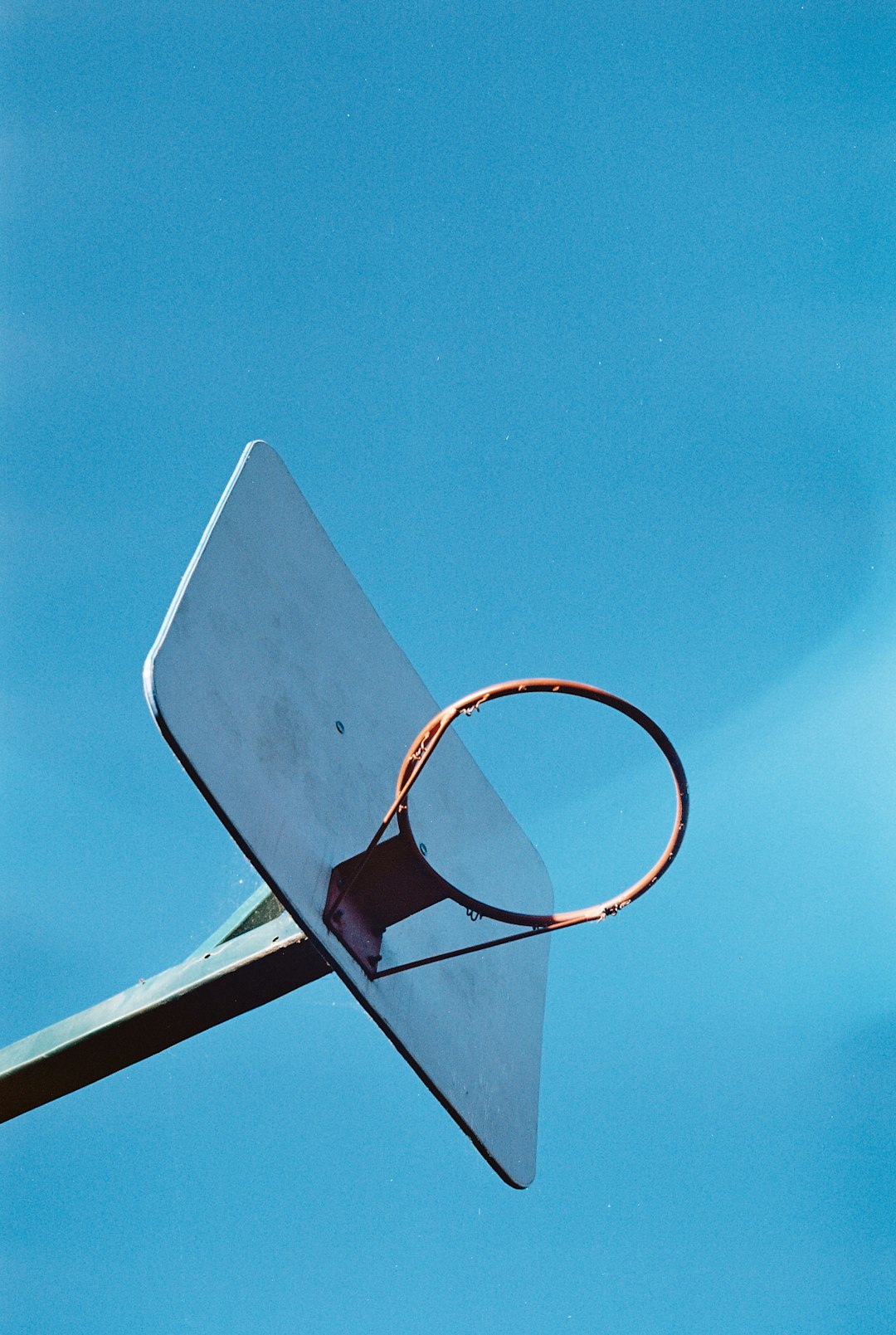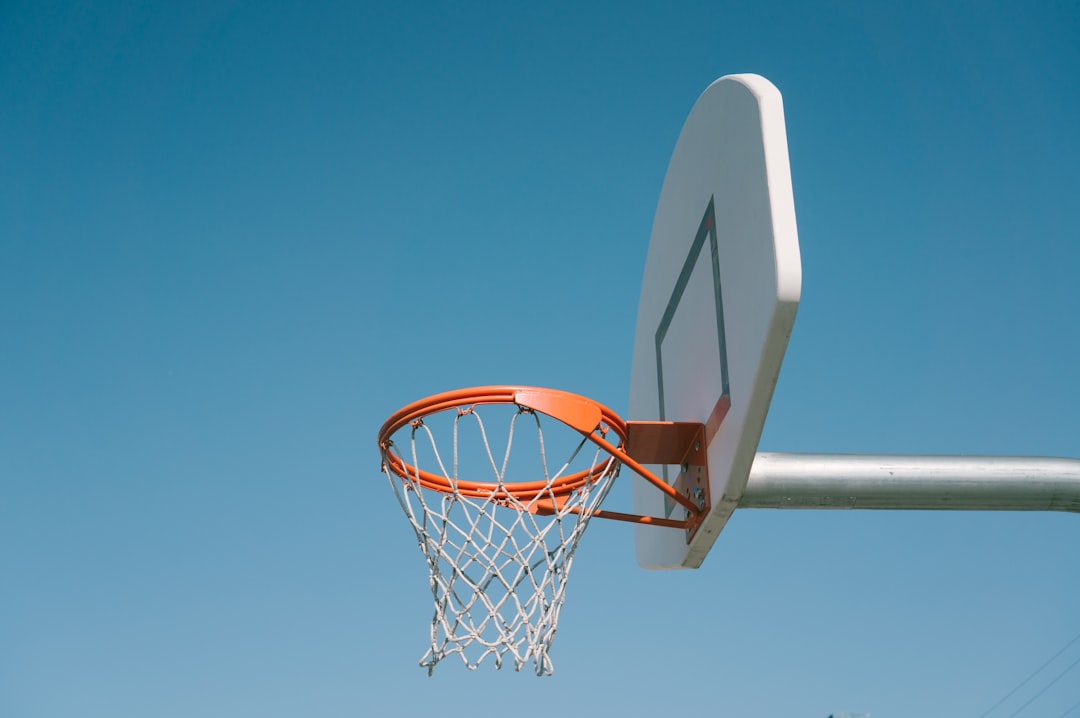Jules Bernard
The Lakers had a workout yesterday that included Jules Bernard as a participant
Yesterday, the Lakers had a group workout.

I admit, I wasn’t too familiar with any of the players, with my focus being on projected mid-2nd rounders that may fall out of the draft. One of the most difficult parts of the draft process is who declares, who decides to go back to school, and finding out tidbits on the all the players eligible with a month to go before draft day.
Some news also came out about Jules Bernard.


So, I decided to take a look, and was impressed with what I saw.
Size:
While his player measurements weren’t found on the Pre-Draft combine list, I was able to find this:
The unofficial measurement numbers the G League provided to the media had Bernard at 6-foot-5 without shoes on, despite the UCLA roster listing him at 6-foot-7 this season. Bernard weighed in at 206.8 pounds with an 8-foot-5 standing reach, 6-foot-7 wingspan and 35.5-inch maximum vertical.
This is good NBA size for a combo guard. Being 6’5” and 207lbs. with an 8’5” standing reach is big enough to handle either guard position defensively.
The Statistics
I admit to looking at his statistical profile to get an idea of what he does on the basketball floor.
A quick look at the advanced numbers shows consistency with True Shooting Percentage and Free Throw Rate for all four years, whether he came off the bench or got the big minutes.
Usually, when playing time goes up, usage rate goes up, and in turn, turnover rate goes up. His usage rate was consistent, regardless of the playing time, but he has an elite turnover rate. Anything under 11% is excellent. He’s better than that, even with 20% usage. Great playmakers with a ton of usage are usually around 15%+. He’s at 7.7%. This shows a degree of decisiveness, knowing who he is as a player, and not going beyond his skill set.
While per-game averages don’t stand out here, it does help that with the increased minutes, he was able to increase his shot accuracy in 2-point range.
Let’s see if we can dig deeper about how he did that.
The Thing About Statistics Is…
… statistics can surprise you.
If I had you look at these three shooting stat lines, which player would you think I would pick?
Certainly, it has to be the bottom player right? That’s the guy that has to be the most heralded of the group.
Now, take a look:
Recognize the aforementioned names? Johnny Juzang and Jaime Jaquez Jr. have been talked about in the draft before with a lot more buzz. But clearly, I would pick Jules Bernard’s stat line here. Not only is he the best finisher by +8%, but what he gives away in a few percentage points from 2-point range, he makes up for with less attempts, a ton more 3-point shot attempts, and a solid free throw rate as well, especially considering Jaquez Jr. is the more physical frontline player.
A quick look at Hoop Math shows that Bernard’s finishing at the rim improved by 10% compared to his prior year.
So, How Does He Play?
His play will remind you of a certain former left-handed Laker, one that played point guard at age 19. Now, keep in mind that Bernard is a four-year UCLA player, but a lot of the shot creating moves are similar.
Okay, there wasn’t a lot of shot creation there.
But there definitely was here, against tougher talent. This was the best play of the game:
The 0:19 mark is the part where I see the shot creation. As he waits for a screen, his defender anticipates it coming, and then he crosses the defender and gains half a step.
This is what it looks like frame-by-frame.
This is the set up:
The timing of this crossover is perfect. He caught the defender looking at the oncoming screen.
He got a step on the defender.
A smart play by the screener here to reposition himself and essentially rescreen as Jules attacks left.
Jules goes to the open spot and takes a step back. The help defender you see here is way too late on the contest.
Throughout the combine video, it’s easy to see his combination of jab-steps, shoulder fakes, change-of-direction dribbles, hesitation dribbles, and step backs to free up open shots. The 0:30 mark is attacking a player on a bad closeout. One subtle fake and the defender was way out of position. The 1:05 mark is a stutter rip where he goes opposite of his strong side he got a clean look on a pull-up jump shot. The 1:28 mark is an end of clock situation where he drew a switch defender. You can see how he measures his spacing from the defender with his lead foot, uses a hesitation dribble, then a change of rhythm dribble to make the timing off beat, then pulls up to shoot over him.
The impressive part is how seamless he is from move-to-move, and that’s what gets the separation from his defender.
He’s not the type of player that’ll blow you away with burst or tremendous verticality at the rim, but the modern game is based on how a player can manipulate defenses, not just go by them. That’s ultimately what is important in regard to shot creation.
What Do I Think?
I like shot creators. There’s a line in the draft process when it comes to ranking role players to shot creators. Role players have to do a lot of things well, while shot creators have the one unique ability to manipulate defenses and get open shots.
I’m not thinking about upside. I’m just thinking, “Can the guy play?” Considering how comfortable he was with his usage at UCLA, which floated around 20% through all four years, I think it’s clear that some of his advanced plays in terms of timing, footwork, and body control are legit. His decisiveness and ability to play within his limits will be underrated. However, he can shoot behind the arc, he can attack closeouts, and when the shot clock is almost up, he doesn’t need a ton of time to get into a comfortable shot for him. All of that tends to lead to a professional basketball career.
No wonder why he opted to stay in the draft.











